Table of Contents
NATURE JOURNALS
Where to record your phenological observations? Most naturalists recommend a nature journal – and when it comes to nature journals, the sky is the limit. Try a simple sketchbook or invent a color-coded phenology journal or a scrapbook-style journal, combining data, drawings, multimedia illustrations, and poems.
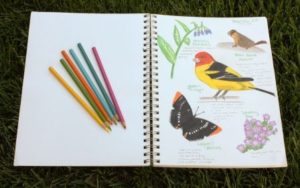
|
Learn to keep a nature journal! See the downloadable Introduction to the Nature Journal from the Smithsonian Learning Lab. |
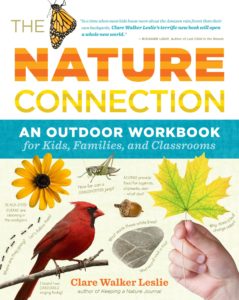
|
Claire Walker Leslie’s The Nature Connection (Storey Publishing, 2010) is a multidisciplinary nature-study workbook, packed with activities, reproducible journaling pages, sketching instructions, and information. The book is divided into three sections: “How to Be a Naturalist,” “Learning the Sky,” and “Exploring Nature,” this last a month-by-month guide to outdoor investigation, with projects and reading recommendations. For ages 8-12. |
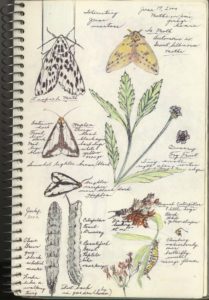
|
Many commercial nature journals are available for a range of ages, many with prompts and fill-in-the-blanks for beginners – or you can simply make your own. For example, see WikiHow’s How to Make a Nature Journal. |
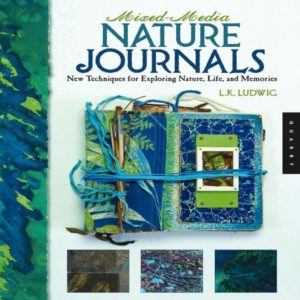
|
L.K. Ludwig’s Mixed-Media Nature Journals (Quarry Books, 2008) is filled with examples and suggestions for making beautiful and unusual journals based on the natural world, using everything from leaf rubbings and pressed plants to prints, photos, found artifacts, and more. See the chapter on “Creating a Seasons-Based Journal.” Adaptable for a range of ages. |
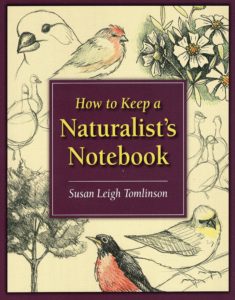
|
Susan Leigh Tomlinson’s How to Keep a Naturalist’s Notebook (Stackpole Books, 2010) covers tools and materials, field sketching techniques (basic and advanced), field identification, note-taking, and maps. For teenagers and adults. |
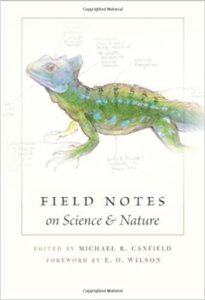
|
Field notes, according to editor Michael Canfield, originated with a pirate – 17th-century naturalist/buccaneer William Dampier. Edited by Canfield, with a wide range of contributors, Field Notes on Science and Nature (Harvard University Press, 2011) is a fascinating collection of essays on the history and practice of keeping nature notebooks. For teenagers and adults. |
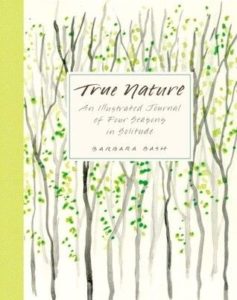
|
Barbara Bash’s 160-page True Nature: An Illustrated Journal of Four Seasons (KTD Publications, 2012) is a reflective hand-lettered journal, illustrated with lovely pencil-and-watercolor drawings. Included is “A Way to Begin,” an instructional segment for readers inspired to create nature journals of their own. For teenagers and adults. |
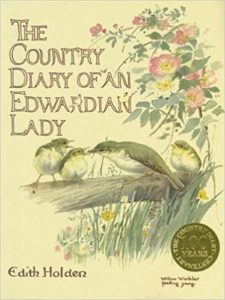 |
Edith Holden’s Country Diary of an Edwardian Lady (Rizzoli, 2018) is a gorgeous facsimile of a nature journal kept in 1906. |
| For printable sheets for nature journals (many choices), see Donna Young’s Nature Journal. | |
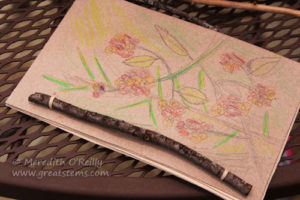 |
See step-by-step instructions for making a beautiful nature journal for kids with a twig binding. |
LOCAL EATING: FOOD FOR PHENOLOGISTS
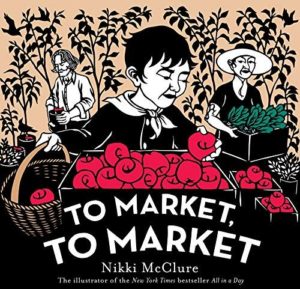
|
In author/cut-paper artist Nikki McClure’s To Market, To Market (Abrams Books for Young Readers, 2011), a mother and son head to the local farmer’s market to buy (local, in-season) food, learning from each vendor just where their wares come from and how they are produced. For ages 4-8. |
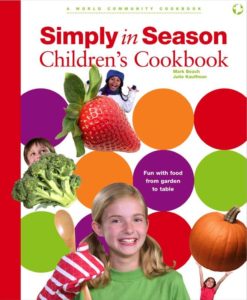
|
By Mark Beach and Julie Kauffman, the Simply in Season Children’s Cookbook (Herald Press, 2006) is a collection of garden-to-table recipes based on seasonally available foods, from spring peas to summer corn and berries, fall squash and pumpkins, and winter potatoes. For ages 6-12. |
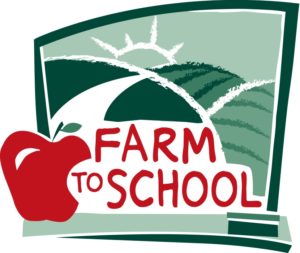 |
The National Farm to School Network has information about farm-to-school programs, a clickable map for locating programs in your area, and contact info for would-be volunteers. |
